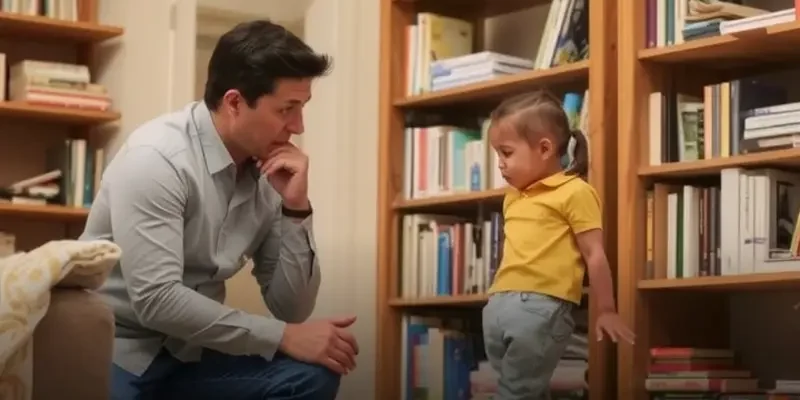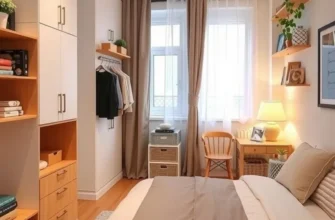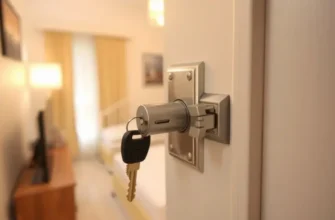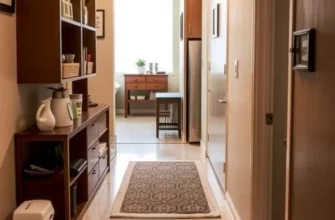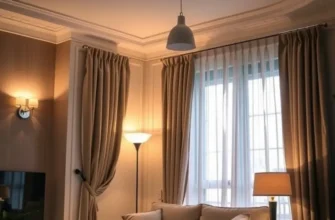Living in an apartment offers convenience and flexibility, yet it comes with its own set of safety concerns. For renters, especially those with children or pets, securing heavy furniture is crucial to prevent tipping accidents. Items like bookshelves, dressers, and TV stands can pose serious risks if they aren’t properly anchored. Fortunately, furniture anchoring is a simple yet effective way to ensure the safety of your living space. This guide provides practical techniques and solutions tailored for renters prioritizing safety, security, and hassle-free maintenance in their apartments. Start creating a secure environment where you can focus on enjoying your space without constant worry. By learning how to efficiently anchor your furniture, you’ll enhance your home’s safety while maintaining your landlord’s property. So, let’s explore how to keep your apartment safe and stylish with straightforward anchoring solutions!
Understanding the Importance of Furniture Anchoring
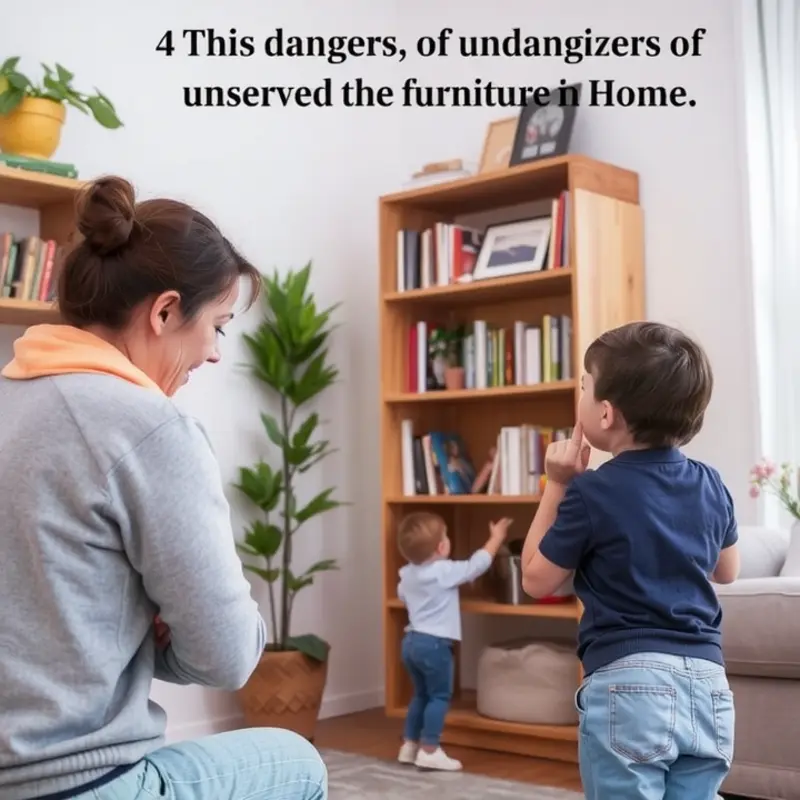
Renting an apartment offers flexibility and convenience, but it often comes with restrictions on modifying the space. Furniture anchoring stands out as a critical aspect of ensuring safety in your rental home, particularly for families with children or pets. While it may seem like an added task, securing your furniture can prevent dire consequences.
Unsecured furniture poses significant risks. Bookshelves, dressers, and televisions are potential hazards, especially for curious children and energetic pets. Without proper anchoring, a simple tug or accidental bump can lead to heavy furniture toppling over, which could result in severe injuries or even fatalities. The statistics are sobering: numerous emergency room visits each year stem from furniture-related accidents.
Children are natural explorers, often using furniture as climbing structures, increasing the likelihood of accidents in unsecured environments. Similarly, pets, whether a playful puppy or a curious cat, are known to leap onto furniture, sometimes knocking over unsecured items in the process. These scenarios highlight the need for preventive measures to ensure a safe living space.
Anchoring furniture not only protects your loved ones but also offers peace of mind. Knowing that your home is safeguarded against potential accidents allows you to create a more relaxed and enjoyable environment. Moreover, securing your belongings can also protect valuable possessions from getting damaged. A falling bookshelf might not only injure someone but also destroy the books, electronics, or decorative items it holds.
In addition to safety and preservation of property, anchoring furniture can align with fulfilling tenant responsibilities. Many rental agreements emphasize the importance of maintaining the property and ensuring the safety of its occupants. Implementing furniture anchoring can demonstrate your commitment to being a conscientious tenant, potentially fostering a positive relationship with your landlord.
While discussing the importance of anchoring, it’s also strategic to consider sharing similar safety practices that can enhance life in an apartment. For example, integrating safe apartment storage practices can complement furniture anchoring, ensuring your space remains secure and organized. You can explore more on this topic by visiting safe apartment storage practices.
Embracing furniture anchoring as a routine aspect of setting up your home not only prevents potential hazards but also cultivates a sense of responsibility and care. Whether you have young children, active pets, or just a desire for a safer living environment, anchoring your furniture is a crucial step towards ensuring the safety and stability of your home. This simple yet effective practice can transform the dynamics of how you interact with your space, enhancing your overall quality of life.
Easy and Effective Methods for Anchoring Furniture
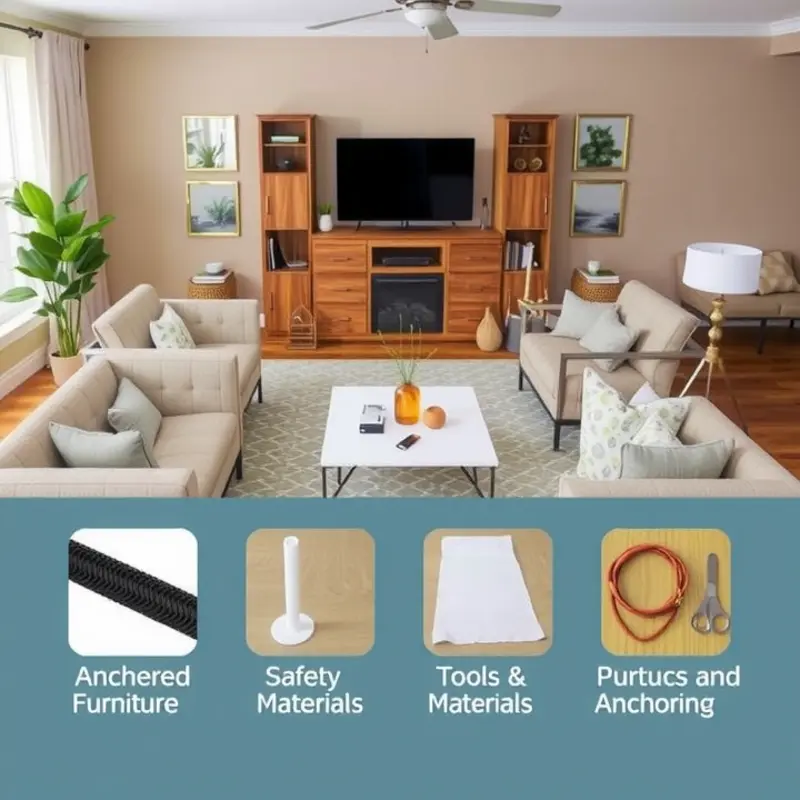
Anchoring your furniture doesn’t need to be a daunting task, even when you’re limited by rental agreements. Here are a few practical methods to help you secure your space without causing damage.
The first method involves using furniture straps. These are adjustable and have the advantage of being relatively simple to install. Start by positioning the furniture where you want it. Then attach one end of the furniture strap to the back of your furniture piece using a strong adhesive or a pre-existing hole that won’t compromise the furniture itself. Secure the other end to the wall using a removable adhesive hook. Ensure that the hook can support the weight and tension. You can test the setup by gently tilting or nudging the furniture.
Next, consider anti-tip brackets. These devices are pivotal for larger items such as bookshelves and cabinets. These brackets link the top of furniture to the wall, offering support and stability. Attach one end to the furniture. Instead of the wall, adhere the opposite end to a large piece of furniture like a sturdy dresser that rests against the wall. This arrangement spreads force distribution and requires only the semi-permanent attachment to the furniture itself.
Anchor cables provide a useful alternative for securing electronics like TVs that are perched on stands. These cables utilize a base adhesive that mounts directly to the stand. They include a cable loop that can loop around the back bracket of the TV. This section doesn’t need reinforcement to the wall, and it takes only a few minutes to implement.
For items such as bookcases located away from walls, velcro strips are a solution. They can be applied to adhere lighter objects, such as vases or books, directly to furniture surfaces. Cut the strips to size, ensuring they cover enough surface area for a strong hold. Apply one side to the object, and the other to the corresponding location on your furniture.
Floor brackets can also be useful in this context. This technique is beneficial for furniture that won’t be relocated frequently. While it might seem unconventional, attaching brackets to an affixed board that lies discreetly beneath a carpet or rug can stabilize items such as couches and chairs. This method creates an invisible securing mechanism without adhering directly to the floor.
Finally, explore options such as furniture grippers or slip-resistant pads. They add friction to flooring surfaces, substantially reducing sliding risks. Ensure your furniture base is level and clean to maximize effectiveness.
By anchoring your furniture successfully, you contribute to a safer home while maintaining good standing with your property owner. Learn more about maximizing your space safely with our DIY apartment workspaces.
Final words
Ensuring your living space is safe does not have to be a daunting task. By understanding the risks associated with unsecured furniture and taking proactive measures, you can create a secure environment in your apartment. With the simple anchoring solutions provided, you can protect your loved ones and maintain your home with confidence. Remember, safety is not just about aesthetics; it’s about peace of mind. Make anchoring your furniture a priority—your family deserves it!

